Description
Museum of the Gorge
The Severn Warehouse, constructed at Loadcroft Wharf by the Coalbrookdale Company in 1834 was designed by Samuel Cookson circa 1840 in a picturesque gothic style, mid-Victorian jollity in red and yellow brick with two embattled towers; and was linked by horse-drawn plateway to the furnaces up the valley in Coalbrookdale. Iron products were stored here prior to shipment on Severn Trows down the river to Worcester, Gloucester and Bristol and onto the markets of the world. The remains of the tramways and passing loops are visible in the picture, leading from the wharf to the warehouse.
It later became a mineral water bottling plant and then a garage. The building was purchased by the Museum Trust in 1977
for £500 and opened that year as the Severn Warehouse, a visitor centre for the Museums in the Gorge. It has been re-displayed twice since then and now serves as an introduction to the Gorge and its conservation.
Ironbridge was a port of consequence, barges, the Severn Trows, took heavy cargoes of iron and coal, in the 1830s there were at any one time up to 150 vessels on the river between Coalport and Ironbridge, the trade was damaged with the coming of the canals and was finally killed off when the Severn Valley Railway opened in 1862. Across the river, and upstream from the museum, on the south side is the 10 arched viaduct of the Severn Valley Railway built in 1862 and closed in 1963.
The junction of Coalbrookdale and Ironbridge is Dale End which used to have many humble workers’ dwellings, across the road from the museum is the black and white Yee Tree Cottage which was in a row called Pan Shop Bank. While the car park next to the museum was once a row of houses called Nailer’s row, particularly prone to flooding being so close to the river, many times residents had to be rescued from their upstairs windows by boat.
Along the road up from the museum to the Iron Bridge is the wharfage and an old plateway which used to have many warehouses, some of which are now converted to pubs, there are intact steps leading from the wharfage down to the loading area, opposite the 1 Furlong milepost.
In the 18th and 19th Centuries there were several industries by the water’s edge: boat building, lime burning in the five kilns of Bower Yard (on the south side of the river) and brick making at the White Brickworks on the south eastern side, near the bridge. By the mid-19th Century the hills were almost bare, the trees having been taken for charcoal and construction and simply cleared in the course of mining. Most of the dense woods have naturally regenerated since then.

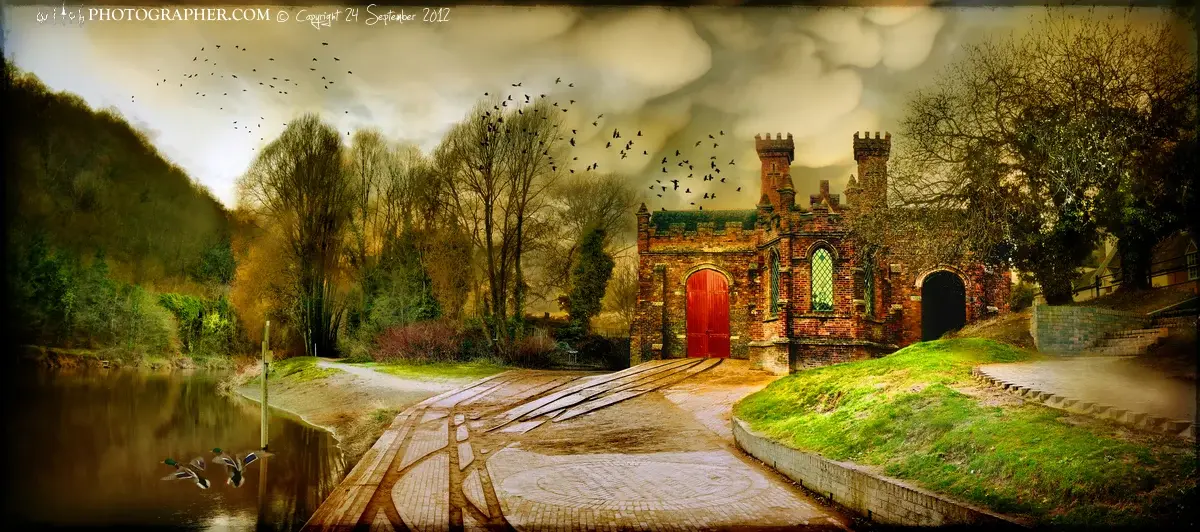
 Click a section to zoom in. These are
Click a section to zoom in. These are 



























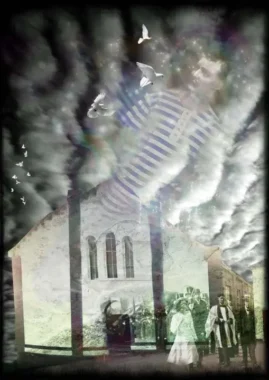
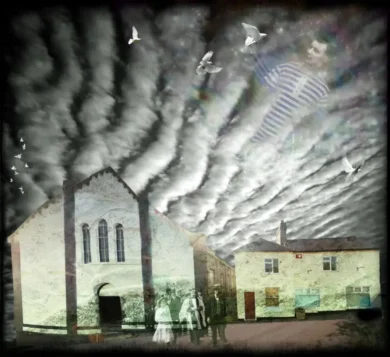
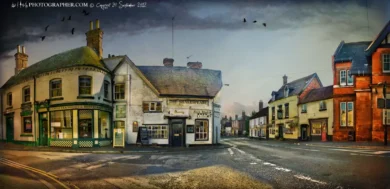
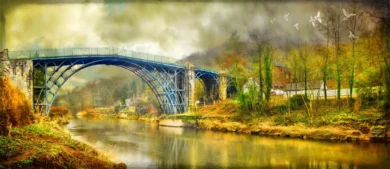
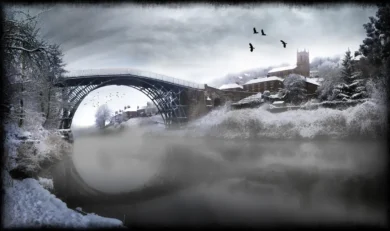
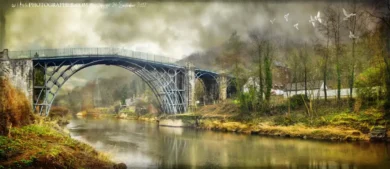
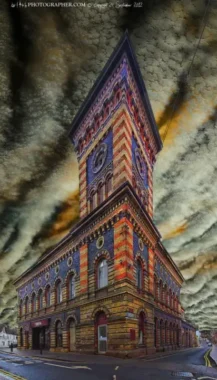

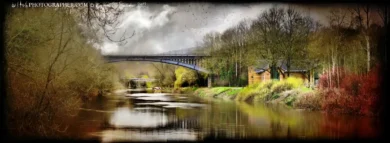
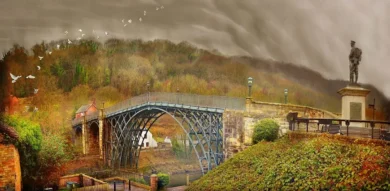
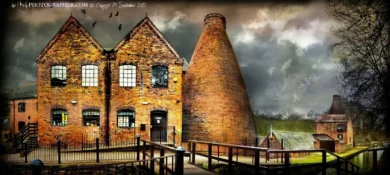
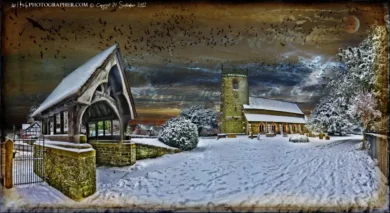
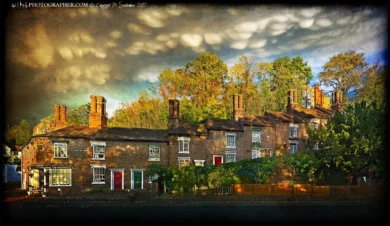
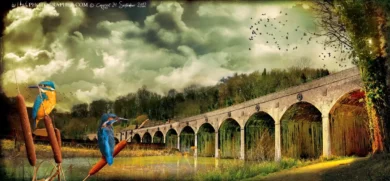
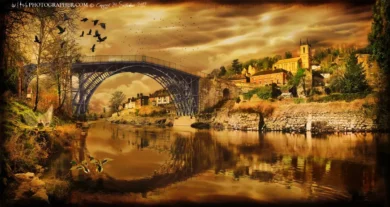
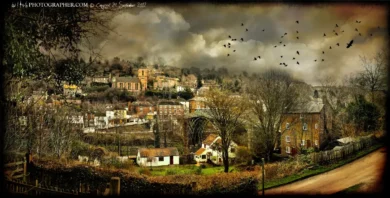
Reviews
There are no reviews yet.